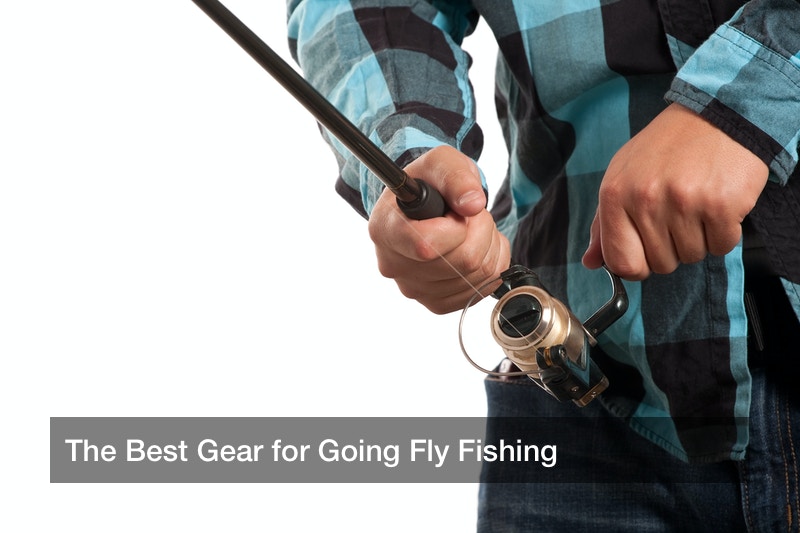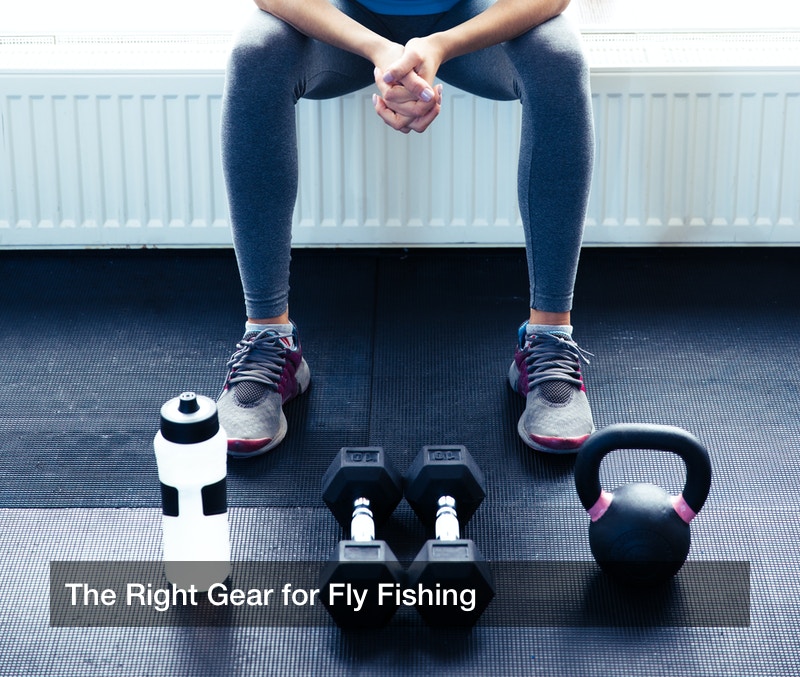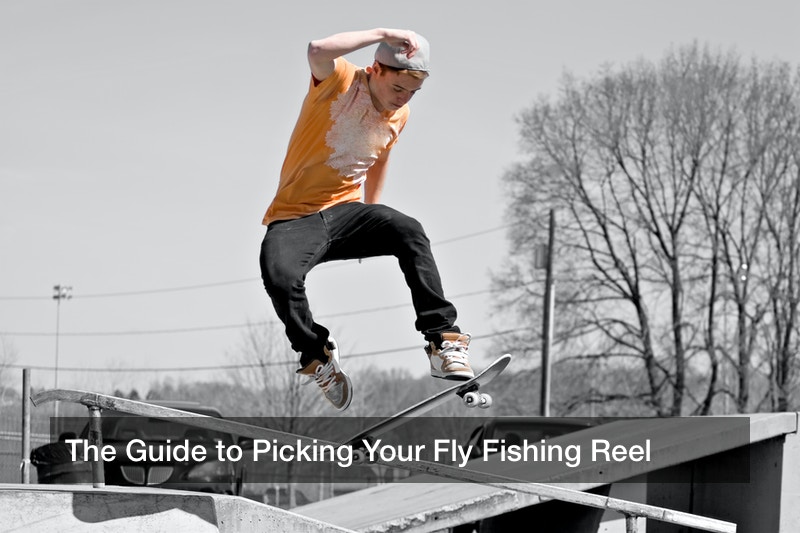
Fishing is a popular outdoor sport around the world today, and there is more than one way to do it. Fly fishing is a distinct type of fishing, which requires specialized gear such as fly rods, fly rod reels, and the like. Anyone who wants to learn how to fish this way is encouraged to visit outdoor hobby retailers and find these rod reels, bait tackle boxes, fly fishing outfits, and anything else that they need. Millions of Americans like to go fishing every year, and they often keep the fish they catch. Others prefer the “catch and release” method, and fly fishers can try either route.
Rod Reels and Other Gear
A novice can find everything they need to go fly fishing at a retailer, and consult the staff working there to find the right gear within their budget. One or more staff members should know about fly fishing, and narrow down the selection of rod reels and rods to find something the customer will need. Not only will the customer need rod reels and the fishing rod, but they also need the proper type of line, lures, and knives for gutting fish. Often, fly fishers make use of artificial bait, which may have feathers on it to help imitate an insect. In other cases, real live bait can be used, such as crickets. A fly fisher can also get a tackle box and a convenient duffel bag to carry all their gear, and some fly fishing tackle bags can be pretty big (and come with carrying straps).
A fly fisher will also get the right clothes for a fishing trip. Unlike with regular fishing, where angler stands on a boat or a pier, a fly fisher will stand directly in the stream or creek where they are fishing. To avoid getting chilled and soaked in the water, the fly fisher will wear tall waterproof boots that can keep them warm and dry. Sometimes, these boots can be built into a set of overalls. As well as those boots, a fly fisher may wear a vest with pockets, where they can store anything from their spare rod reels and line to their mobile phone or spare bait. The angler can wear a wide-brimmed hat to protect themselves from the sun, and wear sunglasses to shield their eyes from the harsh sunlight that reflects off of the water’s surface. And if that angler is going to keep some of the fish they catch, they should bring along a water-filled live-capture bucket for convenience.
Going Fishing
Someone who is new to fly fishing may come along with a more seasoned angler on a fishing trip, and learn from them. Even someone who has done “regular” fishing before will need to learn some new things when it comes to fly fishing. For one thing, take note that while regular fishing uses the weight of a lure to draw out the fishing line, fly fishing bait is too light for that. Instead, a fly fisher will move their rod and cast the line directly, and the bait simply comes along. Doing this correctly will take some practice and instructions, but this is done for a good reason. Such a line casting method allows the line and bait to both land gently on the water’s surface, which prevents disruptive splashes that could scare away fish. When a fish bites, the fly fisher will reel it in.
Like any other anglers, fly fishers may choose whether they are keeping the fish or releasing them (and thus fishing only for sport). A fisher can remove a hook and bait from a fish’s mouth, then either toss it back into the water or place it in a live capture bucket. When fish are being kept, the angler must be mindful of any local wildlife conservation rules and follow them. These rules help protect local breeding populations of fish, and each species will have its own limits on how many fish can be kept (and how long they are). Too-short fish must be released, so they can be a part o the breeding population. Following these rules helps maintain the fish population for future fishers to enjoy, too.



